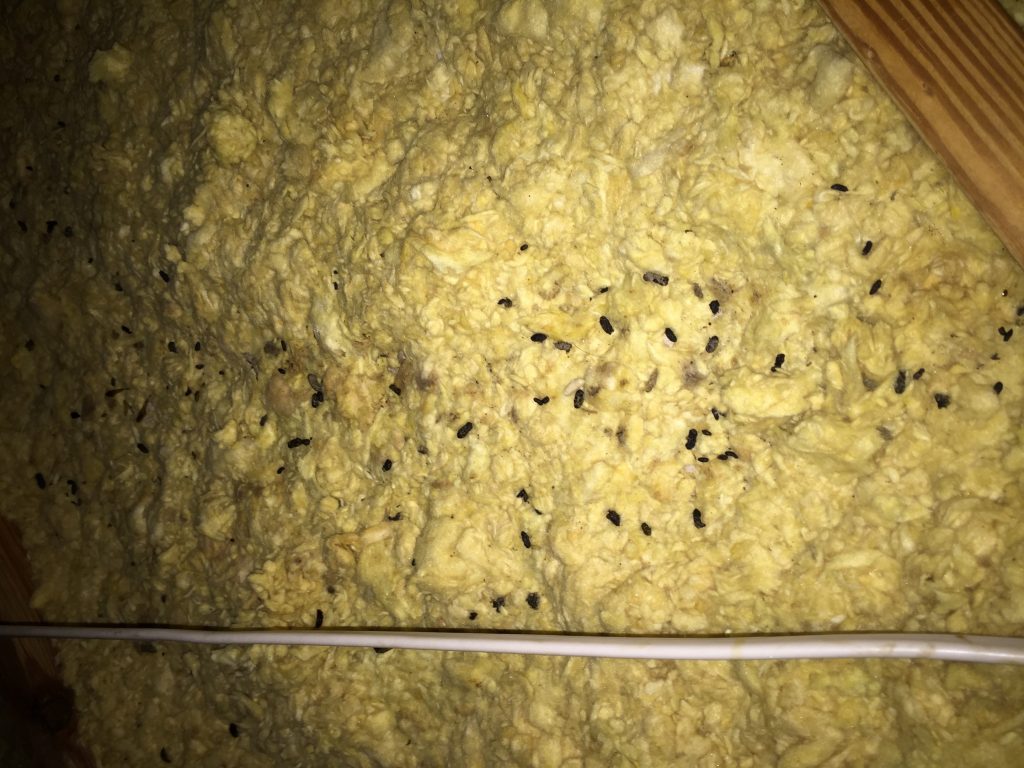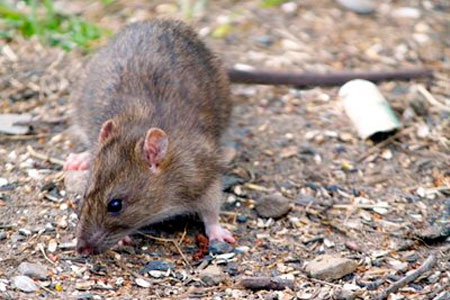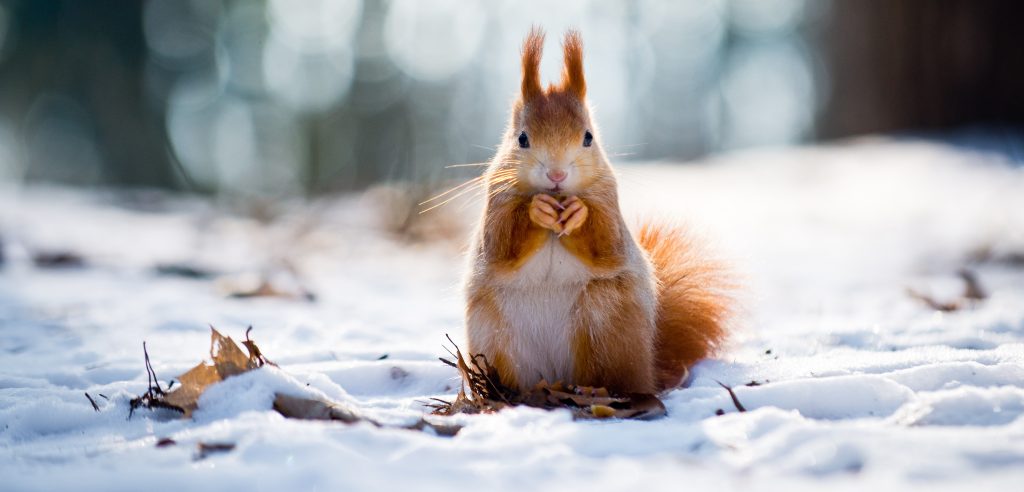When rats invade homes, they often settle in the walls, attics, and crawl spaces. Roof rats in particular are known for climbing to elevated areas of buildings, hence their name. Despite remaining out of sight and avoiding contact with humans, rats still leave signs indicating their presence within the home.
Telltale clues of rat infestations include a musky smell, the sound of the rodents chewing or scurrying about, and grease marks that occur when the pests’ oily fur comes into contact with walls and other household surfaces.
The most common sign is rat droppings.

Maybe you’ve seen a rat scurrying along in your house, and maybe you haven’t. But those rat droppings in the attic didn’t come out of thin air. Whether or not you still have rodents in your house, what the rat or rats leave behind needs to be dealt with.
The Most Common Sign of a Rat Infestation in Your Attic
Seeing just a few rat droppings in your insulation might be tempting to ignore especially if they appear old. Fresh droppings are shinier and darker. Old droppings appear chalky and dry, but rat feces start to look old after 48-72 hours.
Rat Droppings in Attic Insulation
You should not ignore rat droppings in your attic insulation. Even if you don’t see the rat, there is evidence rats were there, and they can come back.
Urine and feces can be a host to health hazards. Some pathogens can infect you via airborne transmission. When rat droppings are disturbed, the airborne particles can cause hantavirus or histoplasmosis. Leptospirosis spreads when you come into contact with rat urine. You can catch rat-bite fever by coming in contact with surfaces contaminated with the bacteria. An ignored rodent problem can be a serious health risk to homeowners.
Of course, a larger rat infestation can do more damage than a single rat. They damage insulation to make nests and create trails in the insulation. Rodent droppings and urine can leak into nearby walls and ceilings, causing disgusting smells and stains. Rats gnaw on everything which damages electrical wires, drywall, PVC pipes, and more.
Rodent Control
In the case of rat droppings in attic insulation, cleaning the mess immediately is not the best option. One rat can quickly become many. The presence of one rat can attract more rats. You need to seal your house to stop that. One female rat can have up to seven litters of five to twelve pups in a year.
You have to control the rats before you can clean up after them.
Depending on the severity of the insulation damage will determine the cleaning services. We safely get rid of all the rat waste. An ectoparasite treatment exterminates pests like ticks and fleas. A sanitization agent will decontaminate the area.
Complete attic insulation replacement might be necessary. Cellulose insulation can be blown in (as a loose-fill or dense pack) or applied by spraying with added moisture. Fiberglass insulation is rolled and fitted between beams, studs, and joists.
Fortunately, you do not have to do this alone; Critter Control is here to help. We believe in offering comprehensive rodent control. We remove any rodents from your house and restore your home to its pre-rat condition. We also provide exclusion services to ensure the rats don’t come back.
You do not have to go to another company for insulation removal- we are fully qualified to do that as well. We have all the equipment to clean up rat droppings in existing insulation, as well as the necessary materials to remove old insulation and replace it with new insulation.


